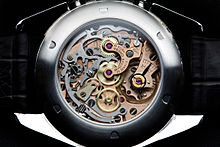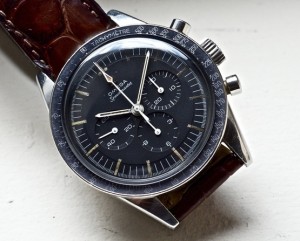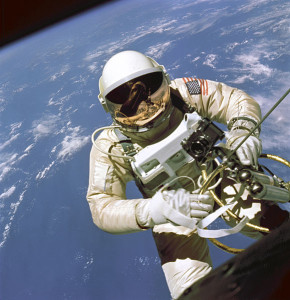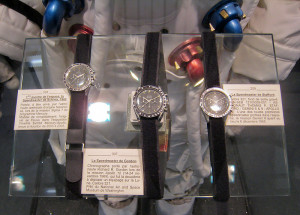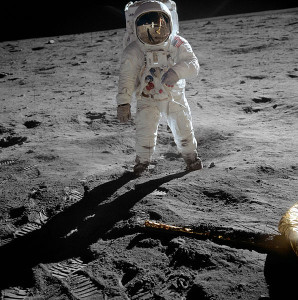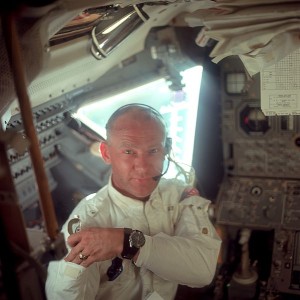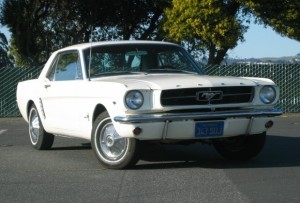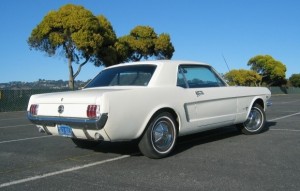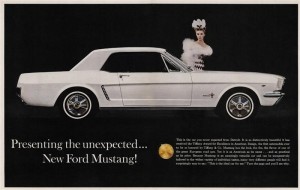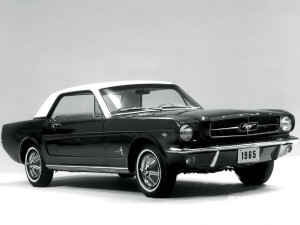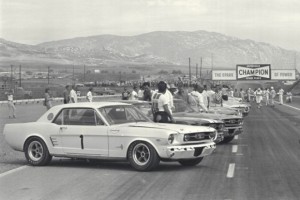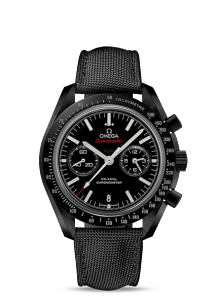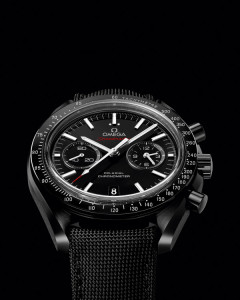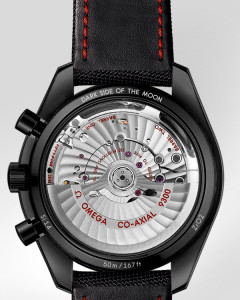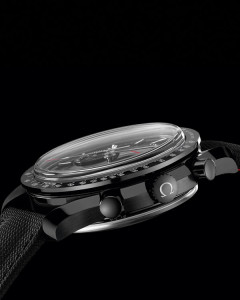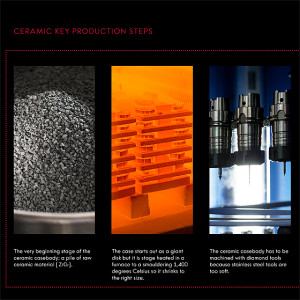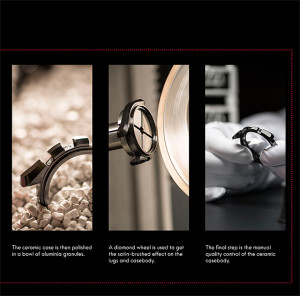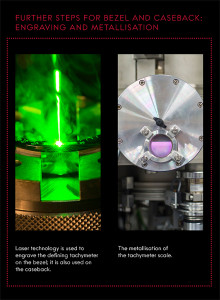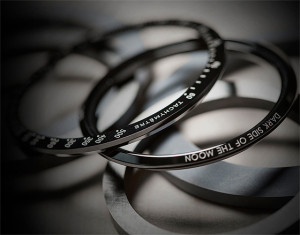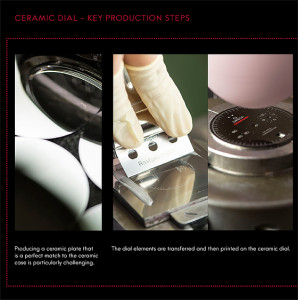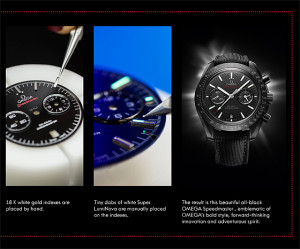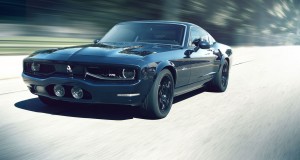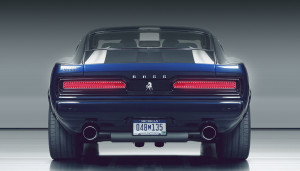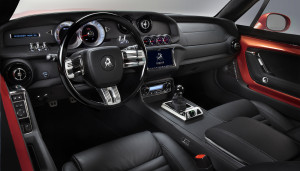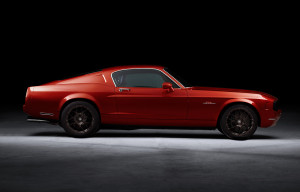The Omega Speedmaster, behind which steering wheel?
When Omega introduced the Speedmaster in 1957 nobody thought that one day this watch would go into space. It was developed as a sport and race chronograph, Omega being the official timekeeper of the Olympics.
The first Speedmasters were driven by the Omega Cal. 321, a movement that was invented by Albert Piguet of Lemania in 1946.
From about 1960 it became clear that the USA had serious plans for manned flights into space. Among others Rolex, Breitling and Omega were the watch brands that were official candidates for the plans in space.
In the end Rolex, Longines-Wittnauer and Omega were submitted to tests under extreme circumstances.
The following tests were performed:
High temperature: 48 hours at 160 °F (71 °C) followed by 30 minutes at 200 °F (93 °C)
Low temperature: Four hours at 0 °F (−18 °C)
Temperature cycling in near-vacuum: Fifteen cycles of heating to 160 °F (71 °C) for 45 minutes, followed by cooling to 0 °F (−18 °C) for 45 minutes at 10−6 atm
Humidity: 250 hours at temperatures between 68 °F (20 °C) and 160 °F (71 °C) at relative humidity of 95%
Oxygen environment: 100% oxygen at 0.35 atm and 71°C for 48 hours
Shock: Six 11ms 40 g shocks from different directions
Linear acceleration: from 1 to 7.25 g within 333 seconds
Low pressure: 90 minutes at 10−6 atm at 160 °F (71 °C) followed by 30 minutes at 200 °F (93 °C)
High pressure: 1.6 atm for one hour
Vibration: three cycles of 30 minutes vibration varying from 5 to 2000 Hz with minimum 8.8 g impulse
Acoustic noise: 30 minutes at 130 dB from 40 to 10,000 Hz
Finally in March 1965 the Omega Speedmaster was the chosen watch because during most of the tests it had stayed within the maximum deviation of 5 seconds per day.
The Speedmaster was part of the equipment for the NASA Gemini 4 mission and also for the Apollo 11 mission making it the first watch on the moon.
After a long day of preperations at NASA for the next mission into space there was only one car to drive home with in a relaxed modus, the 1965 Ford Mustang V8 289 Cu in.
The introduction of the Mustang created a new class of cars known as the Pony Car.
The assistent general manager and chief engineer of Lee Iacocca, the Ford Division general manager, was Donald N. Frey. Frey was the leading figure of the Mustang project and under his supervision the development of the Mustang took place in a record 18 months.
The prototype of the Ford Mustang I was a twoseat roadster with a central engine, designed by Philip T. Clark and John Najjar. In an interview in 1984 Najjar told the following about the prototype:
“We had a studio under Bob Maguire and in it were; Jim Darden, Ray Smith, plus an artist, Phil Clark, several modelers, and me. We drew up a 2-seater sports car in competition with the other studios, and when they saw ours – saw the blackboard with a full-sized layout and sketches- they said, ‘That’s it! Let’s build it.’ So we made a clay model, designed the details, and then built a fiberglass prototype.” This car was simply a concept study rather than the final configuration, but it included a lot of the sporty, rakish flair the later showcar embodied”.
At Baselworld 2014 Omega introduced the Speedmaster Dark Side of the Moon.
It’s a tribute to the astronauts of the Apollo 8 mission who were the first humans to see the dark side of the moon with their own eyes. De new Speedmaster is made of a single block of black zirconium oxide ceramic. Laser techniques were used to apply the signs to the bezel.
About the movement cal. 9300 Omega says the following:
Complete with an innovative column wheel mechanism and Si14 silicon balance spring, the OMEGA Co-Axial calibre 9300 is the first of our exclusive in-house movements to incorporate a chronograph function. The 12-hour and 60-minute counter hands are placed on the same sub-dial at 3 o’clock allowing for an intuitive reading of the recorded time and the reliability of the movement is such that the timepiece is offered with a full four-year warranty.
The following is the information provided by Omega about the use of zirconium oxide ceramic for their latest Speedmaster:
Although Ford in 2014 is again building real Mustangs that pay tribute to their name and fame, I’m choosing another car for the Omega Speedmaster Dark Side of the Moon.
At the address 2904 Bond Street, Rochester hills, MI 48309, USA EQUUS AUTOMOTIVE INc. has it’s offices. These people build the EQUUS BASS770, a car that finds it’s inspiration in the muscle cars from the 1960s and 1970s.
The EQUUS BASS770 is really a fantastic car, the following pictures speak for themselves:
The official website of EQUUS AUTOMOTIVE INc.
Jaap Bakker

